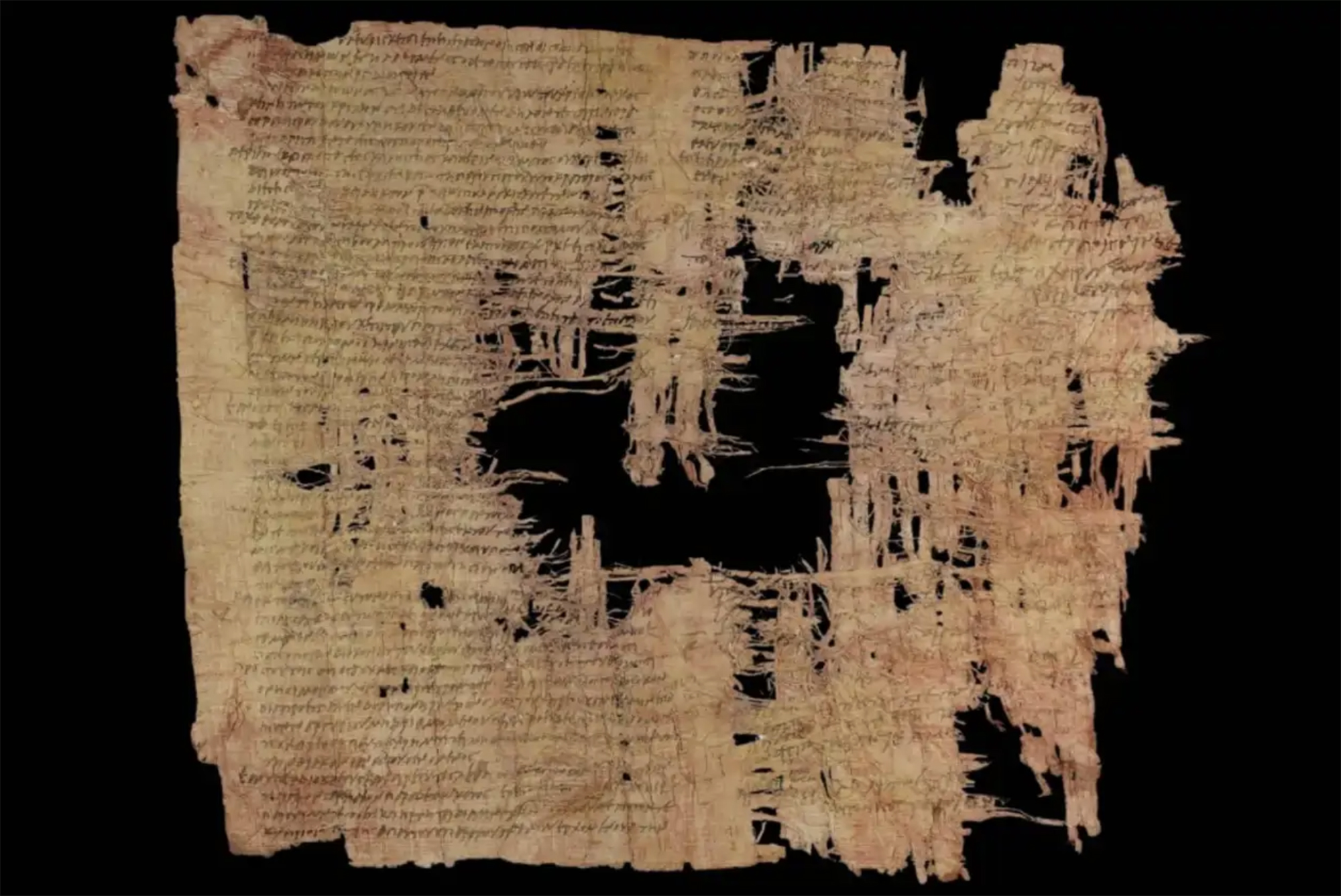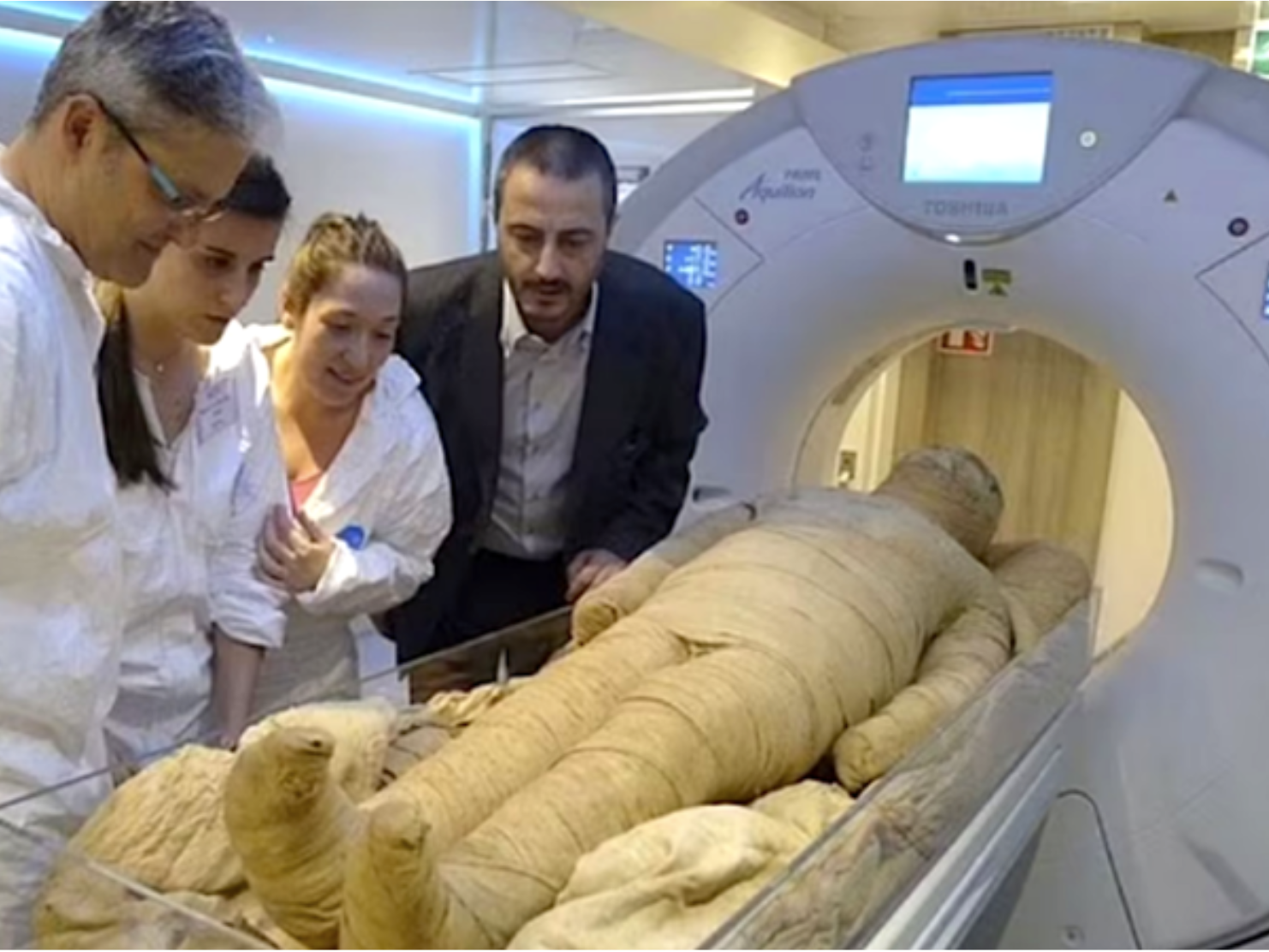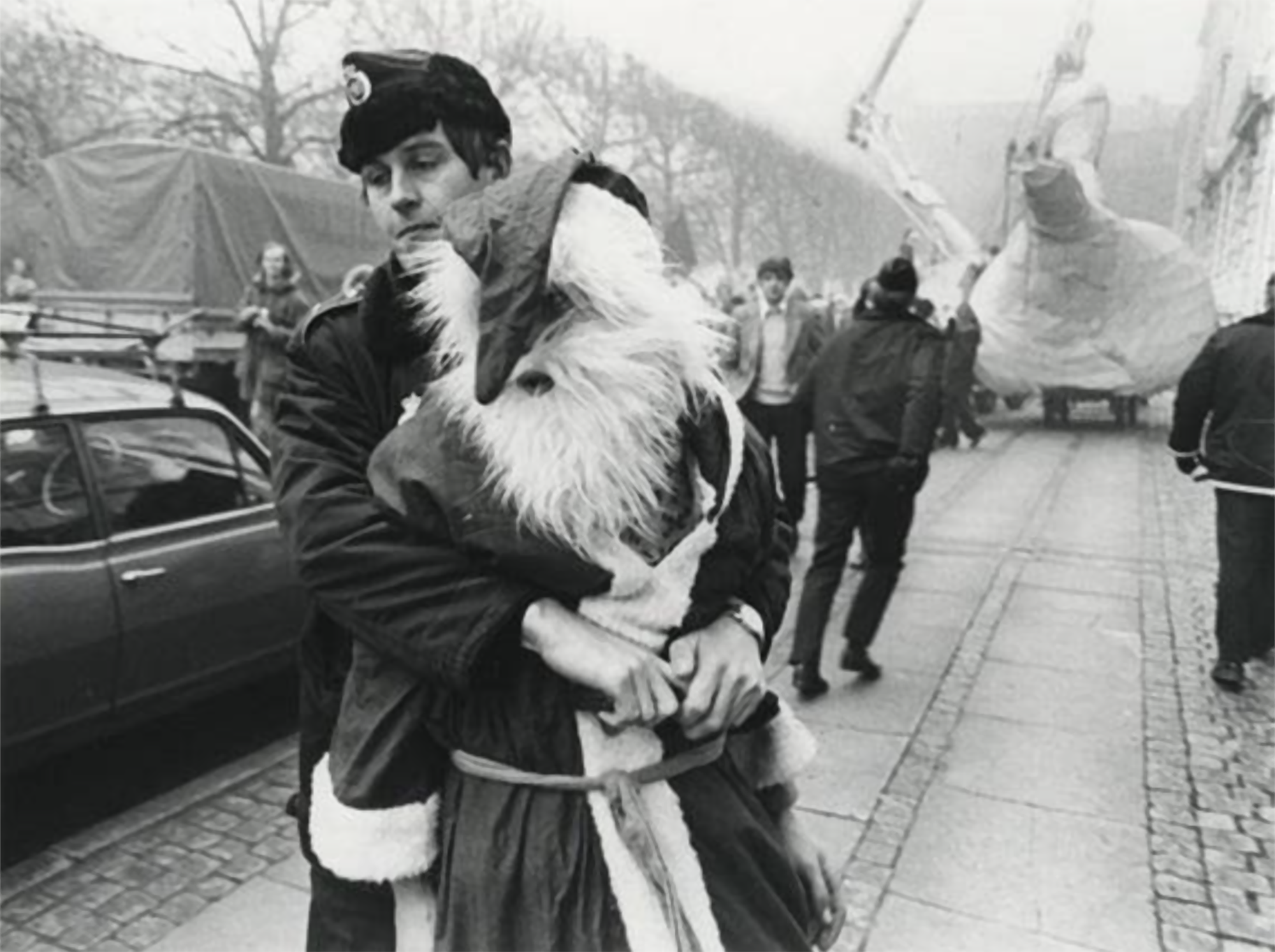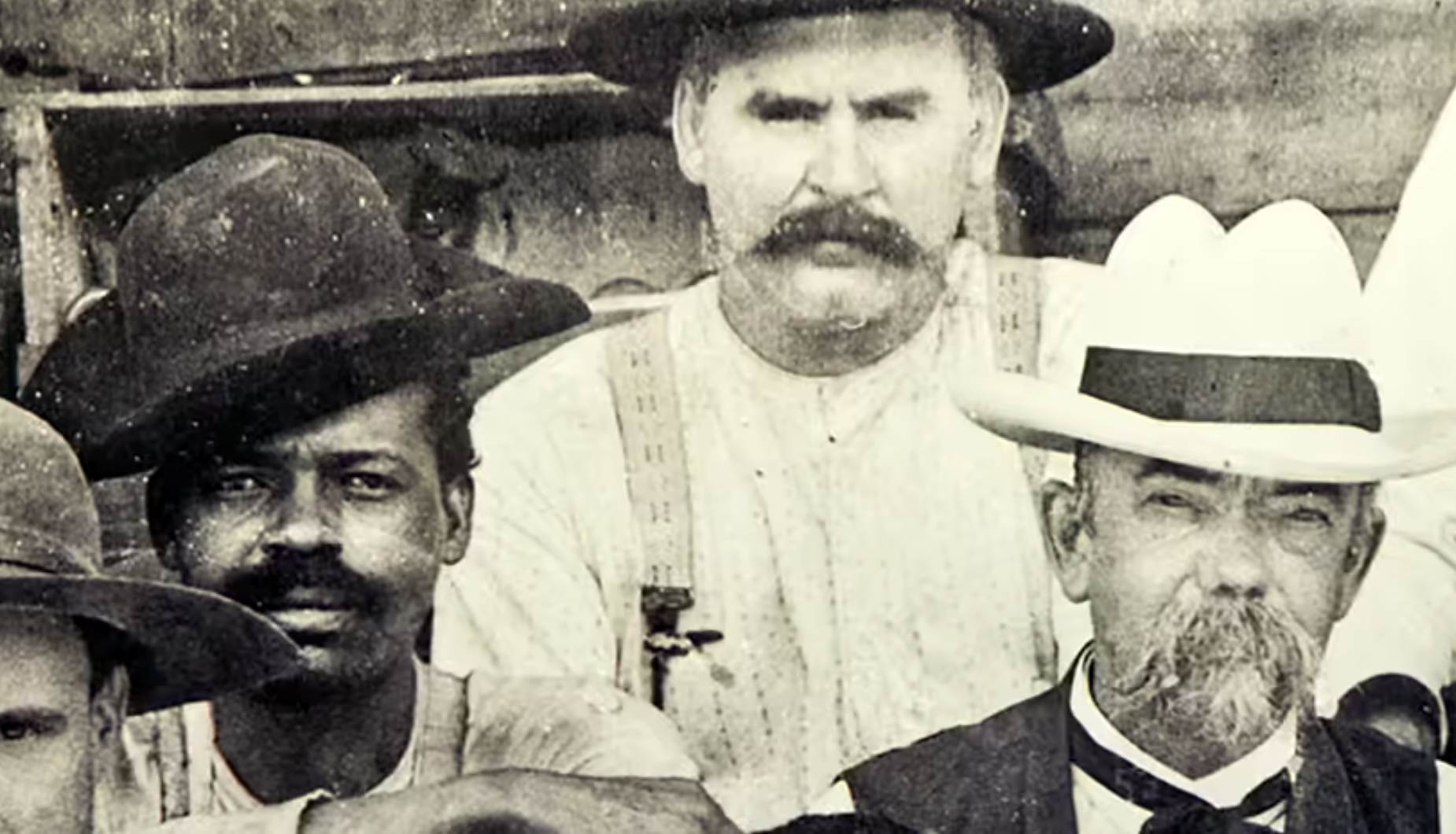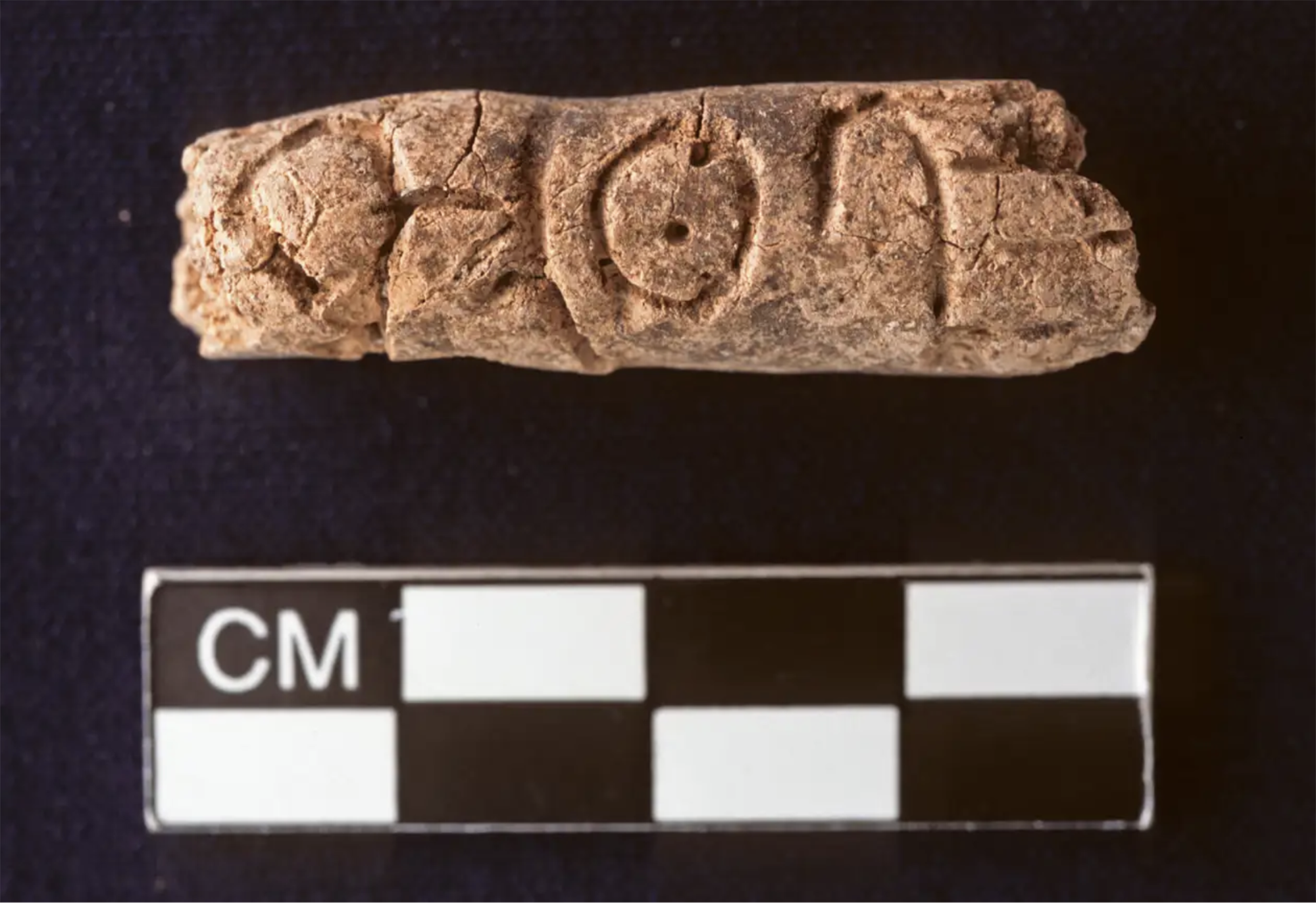Choreomania: dance and disease
- Born December 24, 1020 Eighteen citizens started singing and dancing uncontrollably around the parish church, and the Christmas Day Mass was suspended. This phenomenon is called choreomania and also chorea, a disease of the dance or dance of Saint Vincent, as some believed that the disease was caused by the curse of this saint.
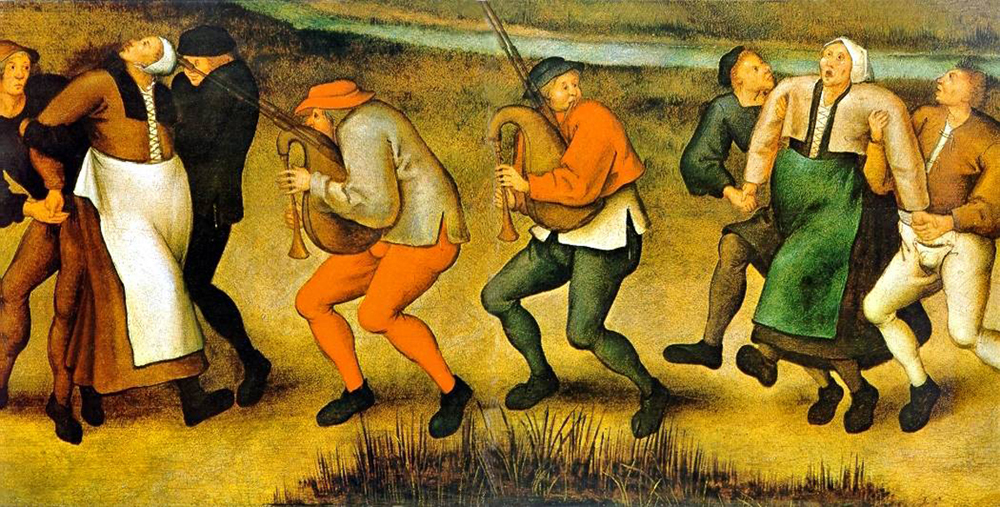
What happened in Berbung is one of the oldest descriptions of choreomania, but not the oldest. The first mention of choreomania dates back to the seventh century. However, the most notable manifestations occurred in the Lower Middle Ages, many of them in Germany. In 1237 a group of children danced and jumped on a 20 km road between Erfurt and Arnstadt. In 1278, about 200 people met dancing on a bridge over the Mosa River, until its derrib. One of the most serious dance epidemics began in Aachen on St. John's Day of 1374 and spread to Flanders, Italy and Luxembourg. 1518 started in July in Strasbourg: A woman named Frau Troffea started dancing in the street, in four days she was joined 33 dantzaris, reached 400 in one month and many of them died from a heart attack in the head. Many thought that helping the sick musically was going to cure them, but most of the time the symptoms worsened.
Since the mid-17th century, there have been few references to the disease; the exception is the outbreak of Madagascar in 1840.
Experts do not agree on explaining the phenomenon. One of the hypotheses is that ergotism, that is, branches began to dance poisoned. Encephalitis, epilepsy and typhus are also mentioned. But many, more than a health problem, consider choreomania a social phenomenon. Outbreaks occurred in difficult times, after poor harvests or pests. Some of them have been linked to religious sects. C. in 1997 Hetherington and R. Munro blamed the confusion for “shared stress.”
In Italy, a similar phenomenon was called tarantism, since it was believed that the passion for dance was due to the maturity of spiders; the so-called tarantela was born to cure tarantism. R.E. According to Bartholomew, tarantism and the healing of evil “allowed the population to adopt liberating attitudes prohibited at that time. That is, in hard times it was an opportunity to flush the bowels and relieve stress. And that's very contagious.
In the Maszycka cave in Poland, remains of 18,000 years ago were found at the end of the 19th century. But recently, human bones have been studied using new technologies and found clear signs of cannibalism.
This is not the first time that a study has reached this conclusion,... [+]
Porzheim, Germany, February 23, 1945. About eight o’clock in the evening, Allied planes began bombing the city with incendiary bombs. The attack caused a terrible massacre in a short time. But what happened in Pforzheim was overshadowed by the Allied bombing of Dresden a few... [+]
Poloniar ikerlari talde batek Sevillako Italica aztarnategiko Txorien Etxea aztertu du, eta eraikinaren zoruko mosaikoak erromatar garaiko hegazti-bilduma xeheena dela ondorioztatu du.
Txorien etxean 33 hegazti daude mosaikoetan xehetasun handiz irudikatuta. Beste... [+]
Judea, 2nd century AD. In the turbulent atmosphere of the Roman province, a trial was held against Gaddaliah and Saul, accused of fraud and tax evasion. The trial was reported on a 133-line paper in Greek (pictured). Thinking that it was a Nabataean document, the papyrus was... [+]
Archaeologists have discovered more than 600 engraved stones at the Vasagård site in Denmark. According to the results of the data, dating back to 4,900 years ago, it is also known that a violent eruption of a volcano occurred in Alaska at that time. The effects of this... [+]
Vietnam, February 7, 1965. The U.S. Air Force first used napalma against the civilian population. It was not the first time that gelatinous gasoline was used. It began to be launched with bombs during World War II and, in Vietnam itself, it was used during the Indochina War in... [+]
Japan, 8th century. In the middle of the Nara Era they began to use the term furoshiki, but until the Edo Era (XVII-XIX. the 20th century) did not spread. Furoshiki is the art of collecting objects in ovens, but its etymology makes its origin clear: furo means bath and shiki... [+]
In an Egyptian mummy of 3,300 years ago, traces of Yersinia pestis, the bacterium that caused the Justinian plague in the 6th century and the Black Plague in the 14th century, have just been found.
Experts until now believed that at that time the plague had spread only in... [+]
Greenland, the end of the 10th century. The first Scandinavian explorers and settlers arrived on the island. But by the 15th century these settlements had been abandoned and the original Inuit remained. But in 1721, the missionary Hans Egede organized an expedition and the... [+]
In 2017, Indonesia and the Netherlands signed an agreement to return the heritage stolen by the European country because of colonialism for three centuries. The Indonesian responsible for the return process, Gusti Agung Wesaka Puja, explained that this agreement "was important in... [+]
Greece 1975. The country began the year as a republic, three weeks earlier, in the referendum on 8 December 1974, after the citizens decided on the end of the monarchy.
A decade earlier, in 1964, when King Paul I died, his son Constantine took the throne at the age of 23.
But... [+]
Copenhagen, 18 December 1974 At 12 noon a ferry arrived at the port, from where a group of about 100 Santa Claus landed. They brought a gigantic geese with them. The idea was to make a kind of “Trojan Goose” and, upon reaching the city, to pull the white beard costumes... [+]
Tennessee (United States), 1820. The slave Nathan Green is born, known as Nearest Uncle or Nearest Uncle. We do not know exactly when he was born and, in general, we have very little data about him until 1863, when he achieved emancipation. We know that in the late 1850s Dan... [+]
New York, 1960. At a UN meeting, Nigeria’s Foreign Minister and UN ambassador Jaja Wachucu slept. Nigeria had just achieved independence on 1 October. Therefore, Wachuku became the first UN representative in Nigeria and had just taken office.
In contradiction to the... [+]
Researchers at Johns Hopkins University have discovered several cylinders with inscriptions at the present Syrian Reservoir, the Tell Umm-el Marra. Experts believe that the signs written in these pieces of clay can be alphabetical.
In the 15th century a. The cylinders have... [+]














